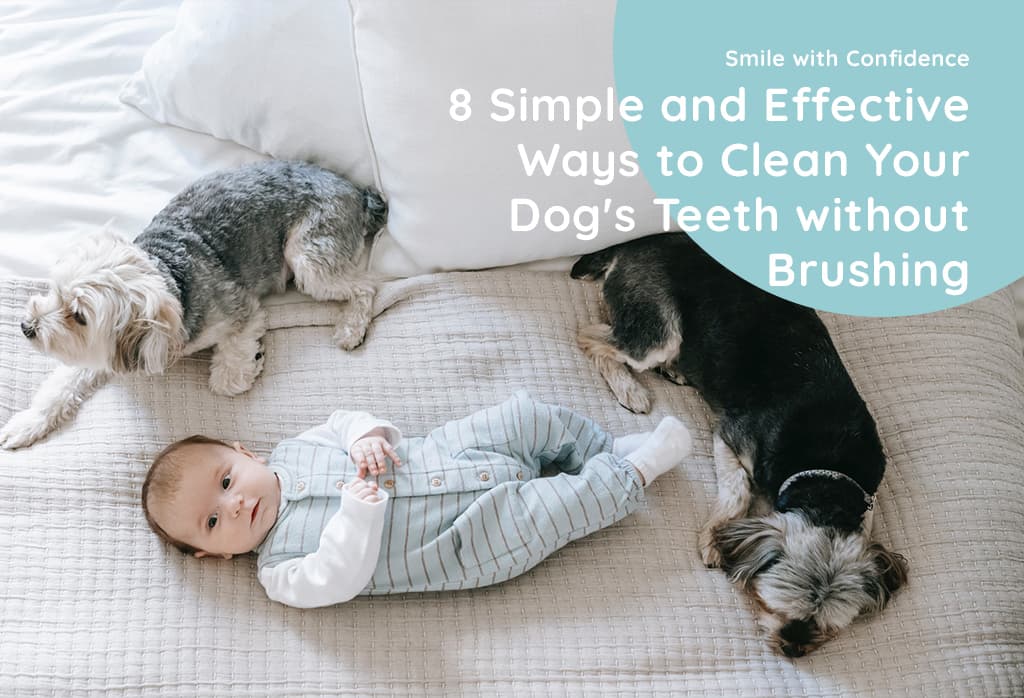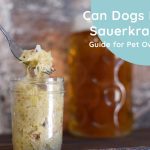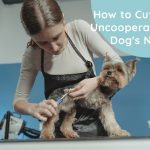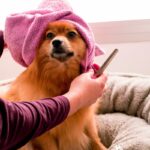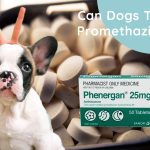When it comes to keeping our furry friends healthy, dental care is an important aspect that often gets overlooked.
As dog owners, we all want to ensure our pups have healthy teeth and gums, but not all are fans of brushing our dogs’ teeth.
Fortunately, there are plenty of other ways to keep your dog’s teeth clean without using a toothbrush.
Here are nine simple and effective ways to keep your dog’s teeth clean without brushing:
Dental Chews and Toys
Dental chews and toys are a great way to keep your dog’s teeth clean and healthy without brushing.
These special chews and toys are designed to help remove plaque and tartar buildup as your dog chews, promoting healthy gums and teeth.
Dental chews come in different forms, such as bones, twists, and rolls, and are typically made with ingredients that help to break down plaque and freshen breath.
They can be made with natural ingredients such as dried sweet potato, carrots, or apples or specific dental care ingredients such as enzymes and chlorine dioxide.
On the other hand, dental toys can come in different shapes and forms, such as rubber toys with ridges and nubs to massage gums and clean teeth or toys that can be filled with treats or kibble and make the cleaning process more interactive.
It’s important to choose the right size and texture of dental chews and toys that fit your dog’s size and chewing habits, supervise your dog while they’re using them, and avoid choking hazards.
Dental chews and toys complement other dental care methods, but it’s important to note that they should not replace regular veterinary checkups and professional cleanings.
Dental Sprays and Water Additives
Try using dental sprays or water additives designed to clean teeth.
These can help freshen your dog’s breath and reduce plaque and tartar buildup.
They are easy to use.
Spray or add to your dog’s water bowl.
Dental sprays come in a small bottle and are applied directly to the teeth and gums.
They typically contain enzymes, chlorine dioxide, and sodium hexametaphosphate, which help break down plaque and freshen breath.
Some dental sprays also have a pleasant taste that dogs love.
On the other hand, water additives are added to your dog’s water bowl.
They release ingredients into the water that help neutralize plaque-causing bacteria and freshen breath.
They usually come in a small bottle, and you need to add the recommended amount to your dog’s water bowl.
Both dental sprays and water additives are easy ways to add extra dental care to your dog’s routine.
Still, it’s important to follow the instructions on the package, make sure that they are safe for your dog to use, and consult with your veterinarian before starting any dental care routine.
It’s worth noting that while dental sprays and water additives can help reduce plaque and tartar buildup, they should not replace regular veterinary checkups and professional cleanings.
They are an extra step in maintaining your dog’s dental health, and it’s best to use them to complement other methods.
Fruits and Vegetables
Fruits and vegetables are a great way to help clean your dog’s teeth and freshen their breath.
They are natural and healthy options that can be given to your dog as a snack or as part of their regular diet.
Giving your dog crunchy fruits and vegetables, such as carrots or apples, to chew on can help clean their teeth.
The act of chewing on these fruits and vegetables can help to scrub away plaque and tartar from the surface of the teeth.
They also help to freshen breath by neutralizing the odor-causing bacteria that can lead to bad breath.
Fruits and vegetables are also healthy options for your dog as they are rich in vitamins and minerals.
Carrots, for example, are low in calories and high in fiber, vitamins A and K, and potassium.
Apples are also low in calories, and high in fiber and vitamin C.
Dental Diets
Provide your dog with a dental diet formulated to clean teeth.
These special diets can help reduce plaque and tartar buildup but check with your vet before making any dietary changes.
Dental diets use ingredients that help clean your dog’s teeth and gums as they chew.
They often contain larger kibble size and special texture that helps to scrape away plaque and tartar as your dog chews, similar to toothbrush bristles.
They also contain ingredients that help to neutralize the odor-causing bacteria that can lead to bad breath.
Dental Sticks
Dental sticks are a great way to help clean your dog’s teeth and freshen their breath.
They are made from natural ingredients such as dried sweet potato, carrots, or apples and are designed to be highly palatable for dogs, making them a tasty and healthy treat that most pups love.
Dental sticks work by helping to remove plaque and tartar buildup as your dog chews.
As your dog chews, the treat’s unique texture and shape help to scrub away plaque and tartar from the surface of the teeth.
They also help to freshen breath by neutralizing the odor-causing bacteria that can lead to bad breath.
Dental sticks come in different sizes, shapes, and flavors so that you can choose the right one for your dog based on size, weight, and chewing habits.
They’re also a great alternative to traditional rawhide bones.
It’s important to supervise your dog while using dental sticks to avoid choking hazards, ensure that your dog does not ingest too much of it, and check for any signs of allergies or stomach issues after giving the stick.
Dental sticks should complement other dental care methods, regular veterinary checkups, and professional cleanings.
Finger Brushing
Finger brushing is cleaning your dog’s teeth which involves using your finger or a small brush specifically designed to fit over your finger to rub your dog’s teeth and gums gently.
It can be a great way to remove plaque and tartar buildup and promote good oral health.
Before starting to finger brush your dog’s teeth, getting your dog used to having their mouth handled is important.
Start by gently touching your dog’s muzzle and gradually progress to opening their mouth and touching their teeth and gums.
Once your dog is comfortable with this, you can use a finger brush or a piece of gauze wrapped around your finger to rub their teeth and gums.
When finger brushing, it’s important to use a small amount of toothpaste formulated specifically for dogs.
Make sure to use toothpaste that is safe for your dog to ingest, and avoid using human toothpaste as it can be harmful to dogs.
It’s important to start slowly and work your way up to brushing all of your dog’s teeth and to be patient and gentle throughout the process.
It’s also important to note that finger brushing should complement other dental care methods, regular veterinary checkups, and professional cleanings, and always supervise your dog while doing so.
Regular Checkups
Regular checkups with your veterinarian are important to maintaining your dog’s dental health.
During a regular checkup, your vet will examine your dog’s teeth and gums, checking for any signs of dental problems such as plaque and tartar buildup, gum disease, and cavities.
They’ll also be able to give you a professional cleaning, which is an essential part of maintaining your dog’s dental health.
During a professional cleaning, your vet will use specialized tools to remove plaque and tartar buildup from your dog’s teeth.
They’ll also polish the teeth to smooth out any rough spots that can trap plaque and tartar in the future.
They may also take x-rays to check for any issues that are not visible during a visual examination.
Regular checkups and professional cleanings are an important part of maintaining your dog’s dental health, and it’s recommended that you schedule them at least once a year or more often if your vet recommends it.
It’s also important to remember that regular checkups are not limited to dental health.
They also include general health checkups and vaccinations.
And it’s best to maintain good communication with your vet, and report any changes in your dog’s behavior or health that might indicate a dental problem.
Dental care is an important aspect that often gets overlooked when it comes to maintaining our furry friends’ oral health.
As dog owners, we all want to ensure our pups have healthy teeth and gums, but not all are fans of brushing our dogs’ teeth.
Fortunately, there are plenty of other ways to keep your dog’s teeth clean without using a toothbrush.


